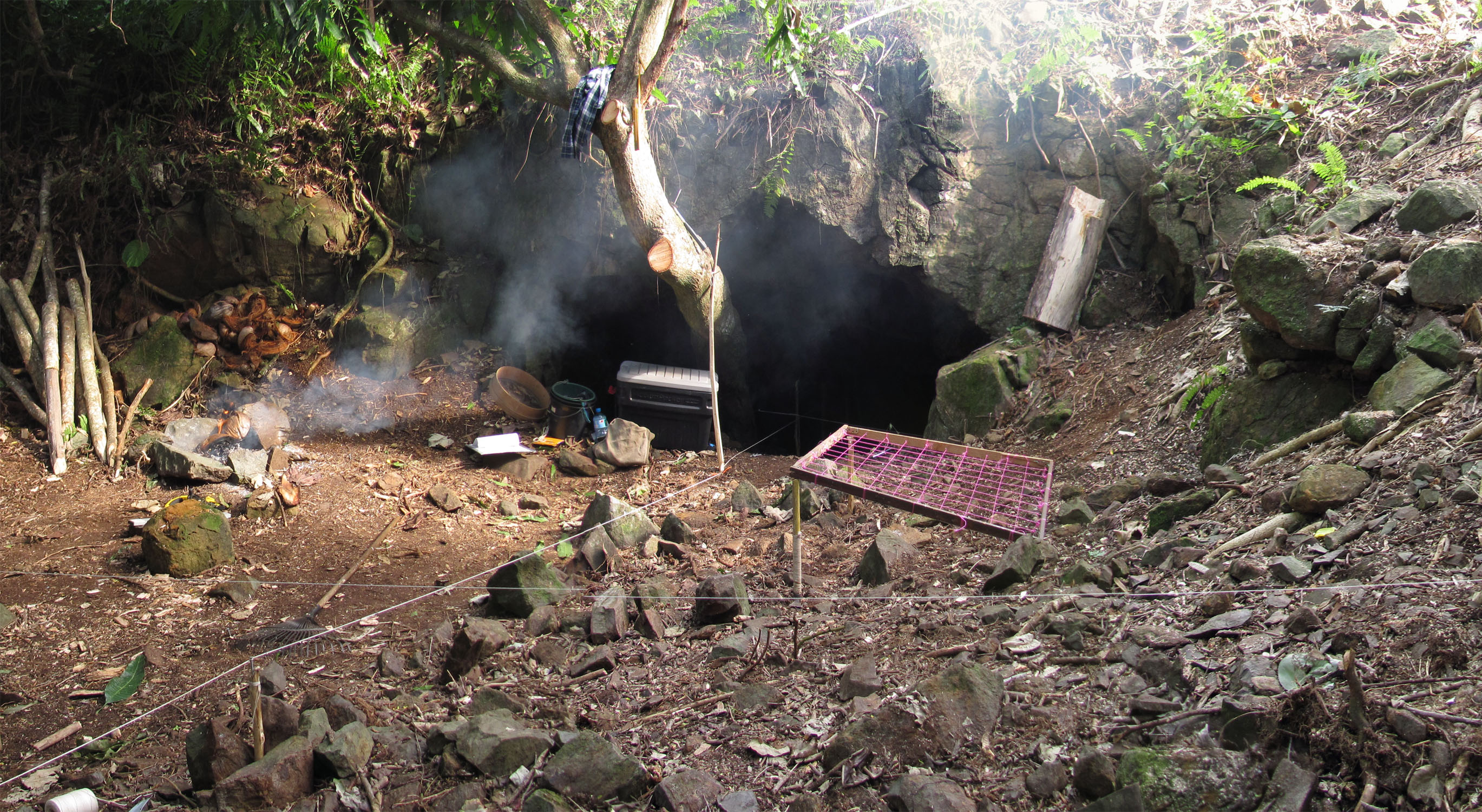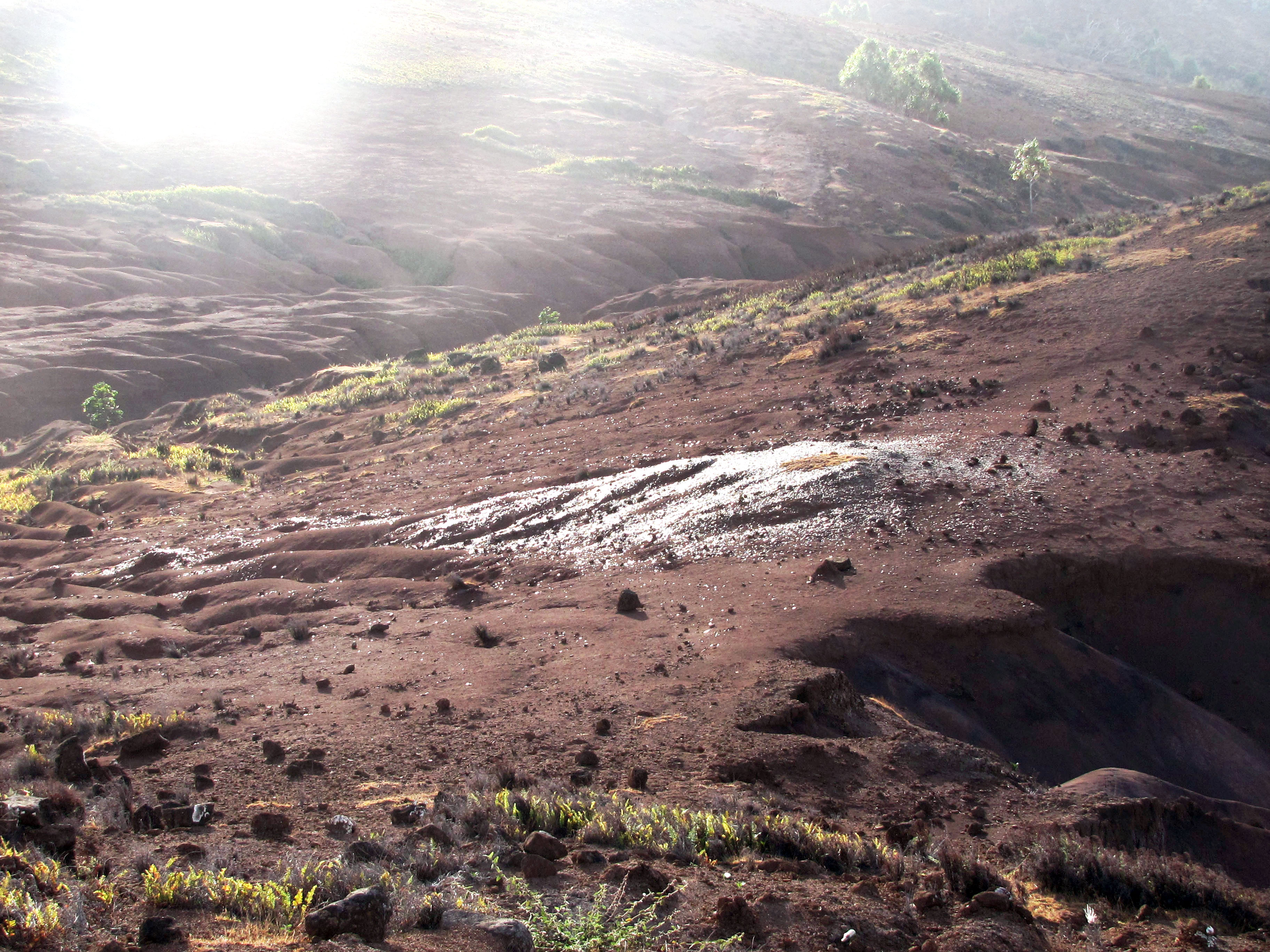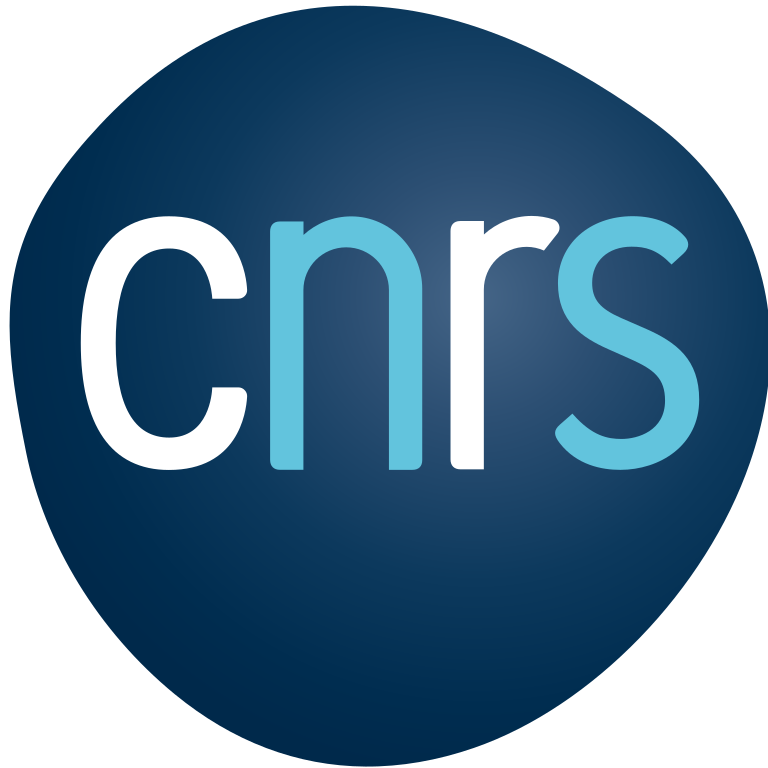
An open-access database for geochemical sourcing of archaeological materials.
Geochemical fingerprinting of artefacts and sources is an effective way to use material evidence in order to reconstruct strategies of raw material procurement, exchange systems, and mobility patterns among past societies. In order to facilitate access to this growing body of data and to promote comparability and reproducibility in provenance studies, we designed Pofatu, the first online and open-access database presenting geochemical compositions and contextual information for archaeological sources and artefacts. The data repository includes a compilation of geochemical data and supporting analytical metadata, as well as the archaeological provenance and context for each sample. Information related to sources and artefacts can be accessed on this platform and downloaded from Zenodo or GitHub.

Geochemical sourcing and long-distance voyaging among Pacific Island societies.
Archaeologists use provenance studies to uncover the origin and the life-history of artefacts, including those that are sometimes found very far away from their source or place of manufacture. To this end, reliable archaeometric data facilitates the reconstruction of technological, economic, and social behaviours of human societies over many thousands of years. In the Pacific region, geochemical sourcing has been particularly successful at locating sources of stone artefacts among the thousands of islands in the Pacific Ocean.
Provenance studies are also instrumental in showing how specific high-quality resources, extracted and transformed in large scale quarries and workshops such as Mauna Kea on Hawai'i Island, Tataga Matau on Tutuila Island (American Sāmoa), or the ‘quarry-island’ of Eiao Island in the northern Marquesas (French Polynesia), were distributed among neighbouring communities and through long-distance interisland exchange networks. The discovery of these tools far from their places of origin indicate long-term inter-archipelago interactions, as well as wealth economies and extensive political alliances in the highly hierarchical chiefdoms of Hawai'i, Tonga, and the Society Islands. Such material evidence of long-distance inter-island voyaging shows that Pacific island societies were never completely isolated from one another, and these patterns of interaction are central to our understanding of the deeply intertwined historical trajectories of Pacific Island societies.

Open data for a collective, collaborative, and open science.
Pofatu is the first
Pofatu won the Open Science Award for Research Data of the French Ministry of Higher Education and Research 2023.

A tool for interdisciplinary research.
Since most prehistoric quarries and surface procurement sources used in the past have yet to be identified, provenance studies in archaeology must also integrate wide and reliable geological data. For this reason, we advise Pofatu users to also consult other open-access repositories focusing specifically on geological samples, such as GeoRoc and EarthChem. Simultaneously, the Pofatu Database can be used by geologists as a complementary source of information because it contains geographical and geochemical data on geological outcrops, secondary deposits and raw materials extracted in prehistoric quarries from some of the most remote and isolated places on the planet. In that sense, Pofatu is a tool that will also facilitate interdisciplinary research as part of a growing geoinformatics network.
Acknowledgements
Work on Pofatu is supported by CNRS and Max-Planck-Gesellschaft.

|

|

|